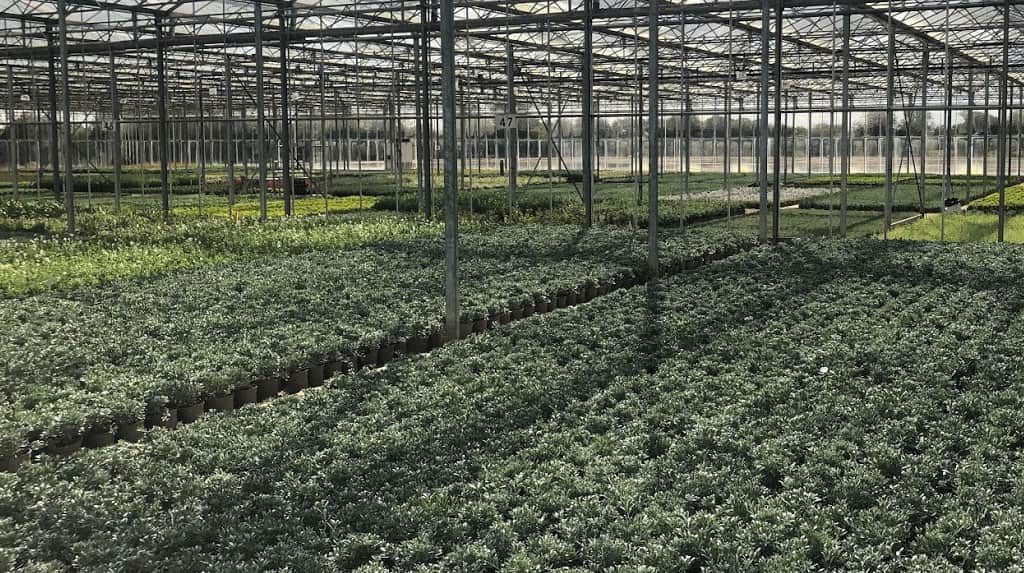Insecticide resistance: know your modes of action to stay a step ahead of evolution
When it comes to insect pest control in particular, you can expect fewer chemical insecticides to draw from over time (see my last blog). Managing resistance risks to prolong the effective life of the products that remain becomes ever more important. So in this and my next blog I want to have a look at how understanding their mode of action can help.
Action and resistance
In my blog about product development I outlined how an active substance ‘targets’ a particular section of a pest’s biochemistry. In any pest population there’s likely to be a few individuals that happen to carry random mutations affecting the same biochemical pathway – small enough to have little effect on their ability to survive and reproduce but just enough to mean the active can’t work well or gets broken down by the pest’s metabolism.
It becomes a case of natural selection. Carry on using the same active substance – or any others that are designed to interfere with the same area of pest biochemistry – and those resistant individuals are likely to escape control.
If a treatment fails to suppress an infestation as fully as it should, it’s all too easy to blame your spray technique and apply another dose of the same product. Take stock first. You might have a case of resistance on your hands, so it makes sense to consider something else that interrupts a different aspect of the pest’s biology.

Greenhouses and the Galapagos
Ever since Darwin’s visit to the Galapagos, evolutionary biologists have loved studying the plants and animals found on islands because evolution often happens more rapidly in isolated populations. In the same way, resistance can spread more quickly in greenhouses because the pests are cut off from populations outside.
So, take care. Every time you spray or drench your crop, you could be conducting an experiment in evolutionary biology!
